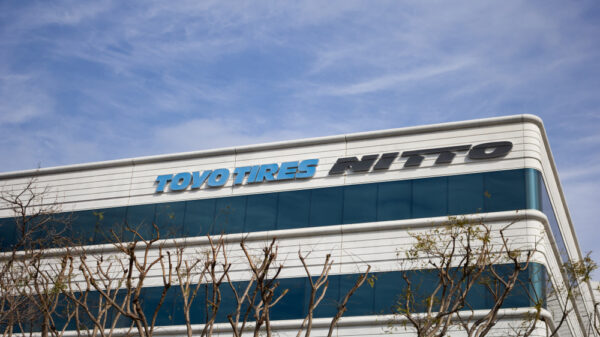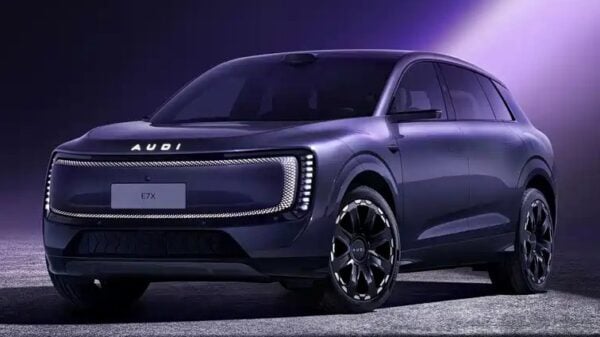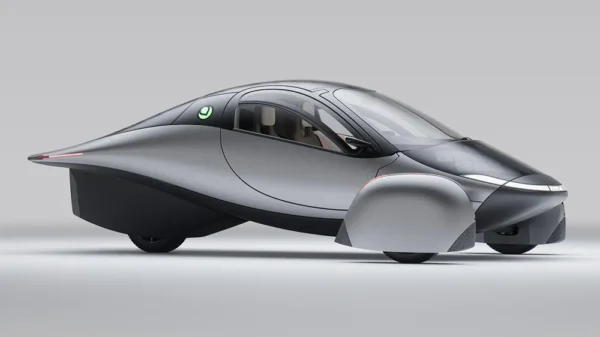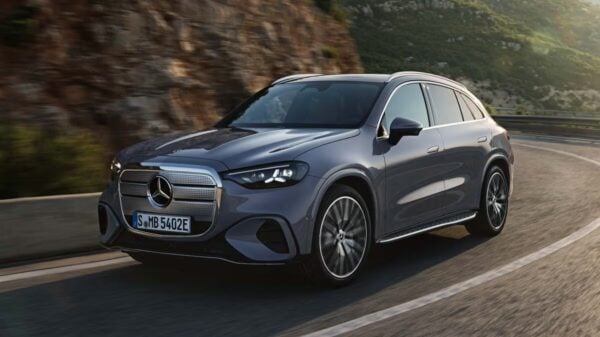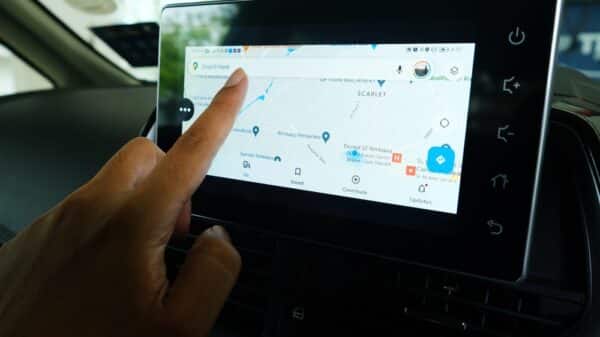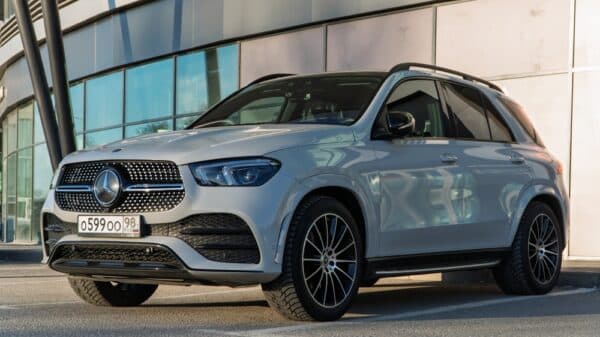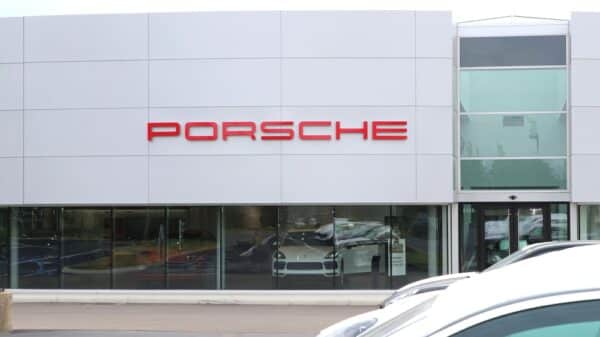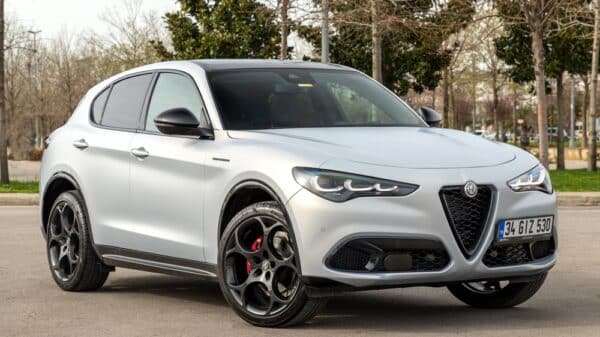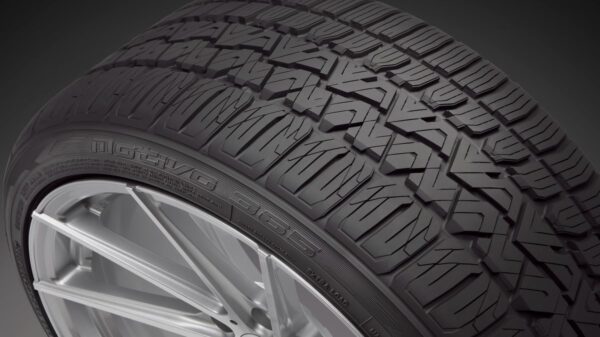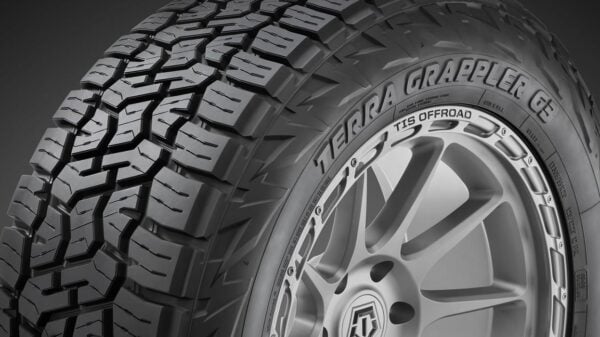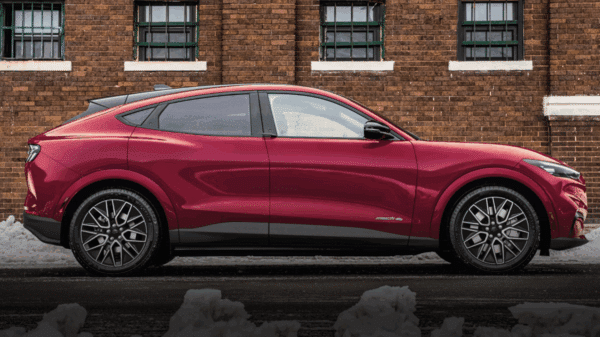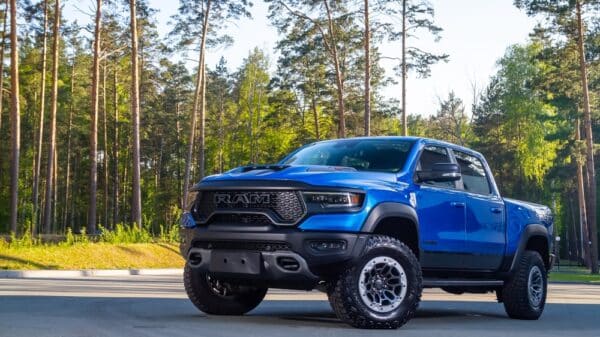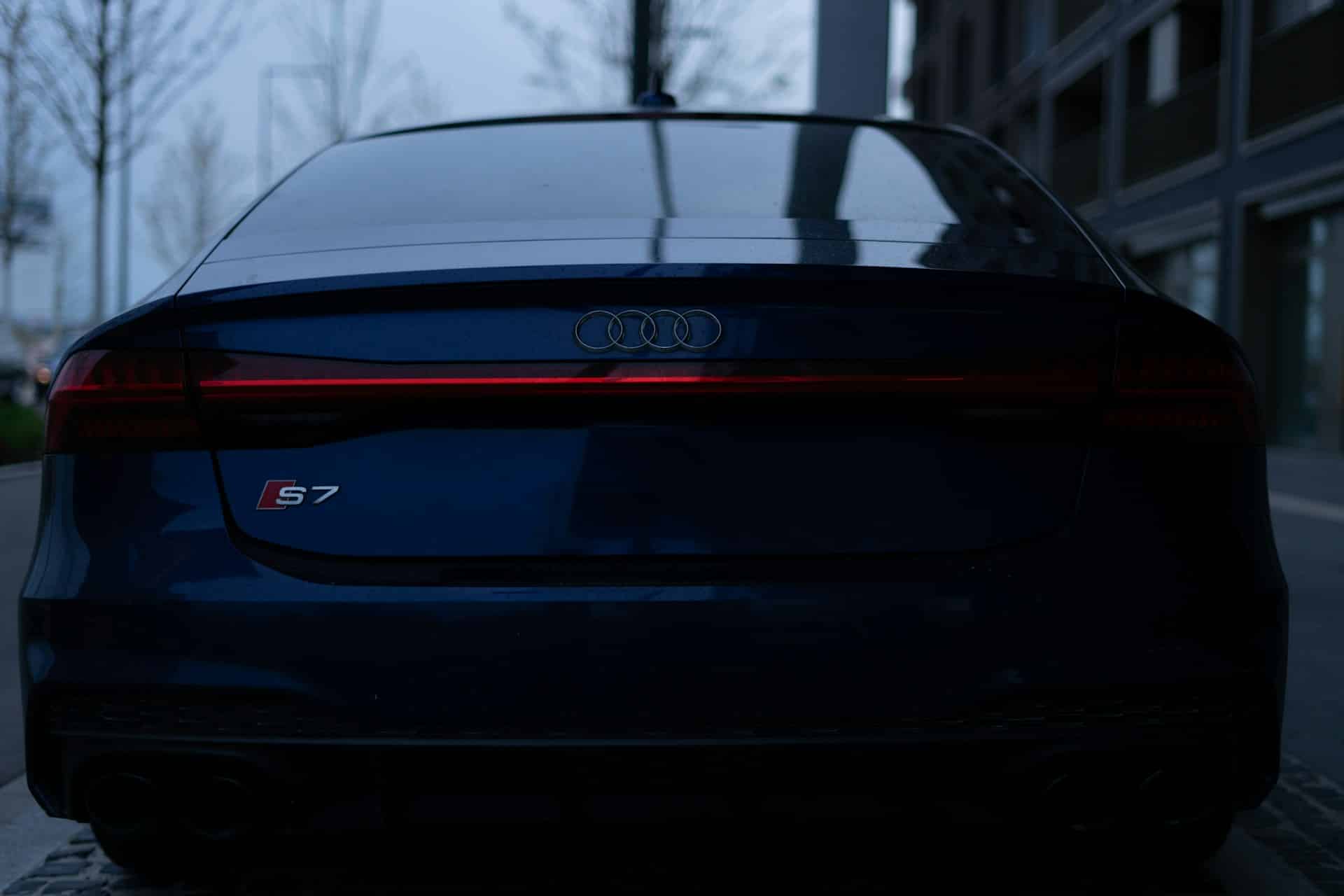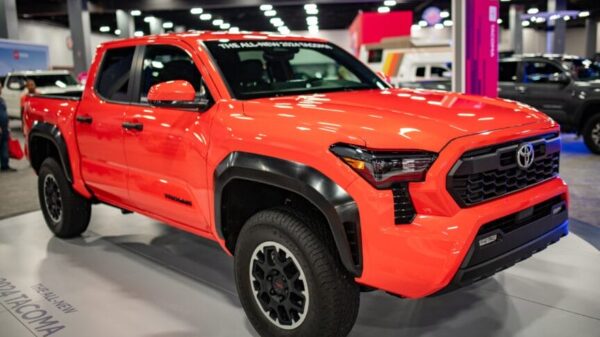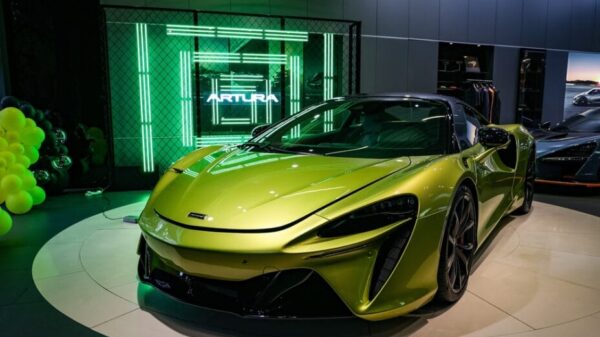For drivers seeking a balance of performance, luxury, and electric efficiency—without pushing into six-figure territory—the Audi A6 E-Tron Sportback offers a compelling solution. Starting at $67,195, this rear-wheel-drive EV sedan delivers 375 horsepower and a stellar estimated range of up to 392 miles on a single charge. That puts it in elite company, competing with higher-priced models like the Tesla Model S and Lucid Air in terms of distance.
So how does Audi squeeze nearly 400 miles of range from a luxury sedan at this price point? It all comes down to aerodynamics and intelligent design.
The Power of Airflow
Efficiency in EVs isn’t just about battery size—it’s about slicing through the air with as little resistance as possible. The A6 E-Tron excels here with a drag coefficient of just 0.21, making it the most aerodynamically efficient vehicle to roll out of any Volkswagen Group factory to date. For perspective, the famed Bugatti Veyron, built for speed, has a less slippery 0.36 Cd.
The engineering behind this feat is as meticulous as it is impressive. “We worked closely with designers to fine-tune every detail,” explains Dr. Moni Islam, Audi’s head of aerodynamic development, speaking from the company’s wind tunnel in Ingolstadt.
Subtle design cues across the front bumper, wheel arches, and underbody aren’t just for aesthetics—they’re engineered to direct airflow precisely, reducing resistance and boosting range. Air curtains channel wind around the wheels, while active front grille shutters open only when cooling is needed, minimizing unnecessary drag.
Even wheel and tire combinations are carefully matched to keep airflow predictable. Meanwhile, the underbody—borrowed conceptually from Formula 1—remains flush and closed to create a smoother path underneath the car.
Smart Suspension and Simulation
Optional air suspension lowers the car at high speeds, shaving off precious drag to further extend range. Behind the scenes, Audi ran 3,500 digital simulations and logged over 1,000 hours of wind tunnel testing to perfect the A6 E-Tron’s aerodynamic profile.
“We weren’t just testing—we were experimenting with countless real-world scenarios in the tunnel and through simulation,” says Islam. That experimentation paid off in real-world efficiency numbers that rival the very best in the business.
Virtual Mirrors and a U.S. Caveat
European buyers can opt for Audi’s futuristic “virtual mirrors,” camera pods that replace traditional side-view mirrors. These contribute directly to the 0.21 drag coefficient. Unfortunately, due to U.S. regulations, these digital mirrors won’t be available stateside—meaning American models settle for a slightly higher drag figure of 0.23 Cd, reducing range by about four miles.
Still, that minor difference doesn’t undercut the A6 E-Tron’s appeal. Even with conventional mirrors, it’s among the most aerodynamic sedans on the road—electric or otherwise.
More Than Just Numbers
While EV tax incentives in the U.S. have become less predictable, the A6 E-Tron’s mix of luxury, performance, and range may be enough to sway buyers on its own merit. It’s a smartly priced, thoughtfully engineered sedan that proves electric vehicles can be both accessible and cutting-edge.
This model signals more than Audi’s push into electric mobility—it shows how traditional automakers can evolve without compromising quality or design. With vehicles like the A6 E-Tron leading the charge, the EV future doesn’t just look inevitable—it looks exhilarating.
Image Source: Unsplash




